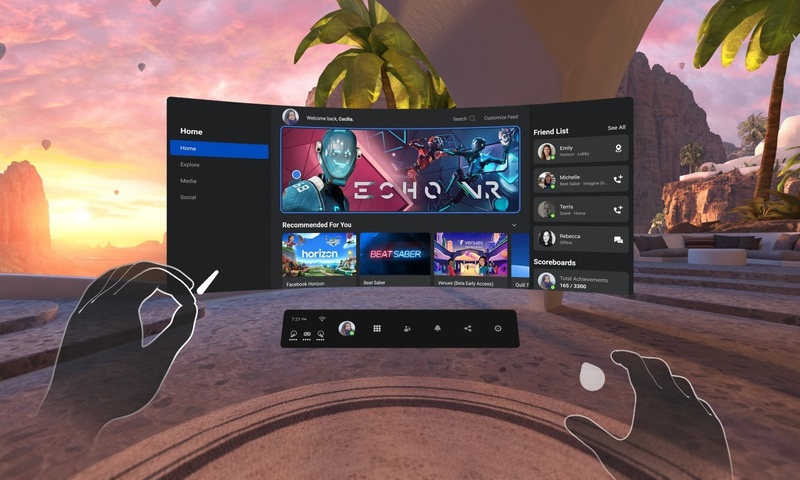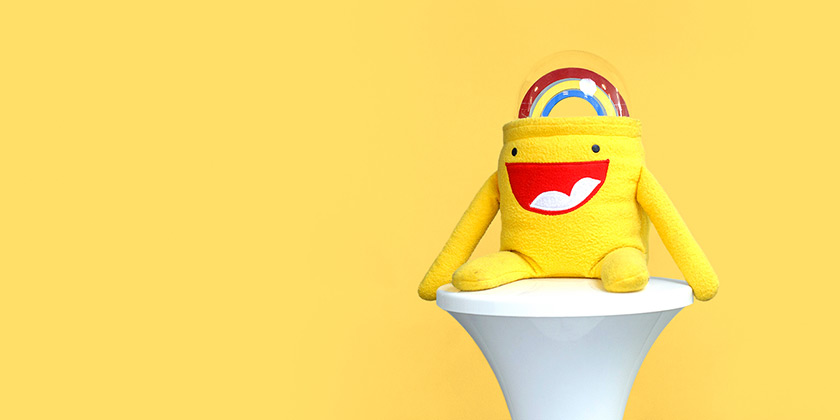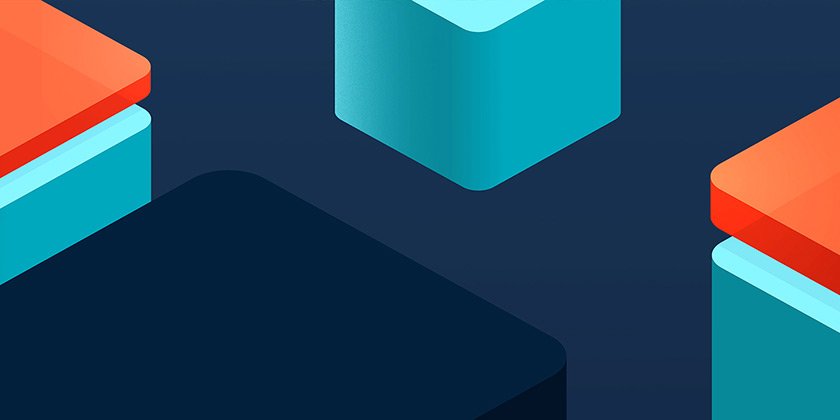The way we interact with software is evolving. We no longer use chunky blocks of glass and plastic to connect to the internet. Instead, we use slim, lightweight and often mobile devices that are packed full of technology. But where do we go now on our journey to ever greater connectivity?
Some argue that the next frontier for the digital landscape is the metaverse, and indeed companies like Meta (formerly Facebook) spent at least $10 billion in 2021 on their own metaverse department. The name change certainly reveals their gamble on this new area, and it’s clear that this burgeoning digital space has the potential to play a big part in not only the future of technology, but the way in which people interact with brands, businesses and each other.
So, away from the relative safety of the square screen, and out into immersive, multidimensional worlds, how must we as humble product designers look to craft digital experiences for users?
Bridging the gap between physical and digital
As designers, we are always looking at the different ways that users are interacting with design, whether it's tracking workouts through a smartwatch, playing a podcast through CarPlay or using voice commands to control devices. We look to utilise the right technology to improve the experience of our user and these devices are already beginning to bridge the gap between the digital and the physical worlds.
Voice and gesture controls are becoming more natural and efficient, allowing us to interact with software without having to swipe or tap a screen. This continued immersion with technology has brought us closer and closer to the much prophesied arrival of virtual or augmented reality hardware. The Meta Quest 2 is one such device that offers users a portal into action-packed games, virtual tours of far away places, or even just a novel way to watch YouTube videos.

It’s time to think the same, but differently
What are the implications for designers who will ultimately need to craft these extended realities? In terms of the way we solve user problems, we should still look to the same UX design principles and methodologies that we already use to create great products. For example, research will still help us understand user needs, problems and motivations, and identify potential opportunities; it is only the context of the experience that may change.
It is perhaps in the visual conceptualisation that designers will face the biggest challenges. Why the need for ‘information’ architecture if we now need to design the actual architecture of virtual spaces? Why design shopping cart flows for websites if the new mode of shopping will be floating around a virtual store and paying at the virtual checkout? It seems that these virtual spaces may become analogues of physical spaces and experiences that render the need for product design as we know it null and void.
Is ‘3D design’ enough?
Should we look to re-skill in the art of virtual 3D space creation? This may be the main method of interaction in this new extended reality – not through buttons, cards, and carousels, but through rooms, spaces and virtual objects that users will be able to move through and touch. That said, we might still be designing two-dimensional interfaces in these 3D spaces.
In exploring the Meta Quest 2, I still find myself navigating through the system using menus, cards, buttons and icons, so it seems that even in virtual realities there is still a need for well-presented information that is organised appropriately. It also seems likely that these systems will continue to evolve together.

It is important to consider that there are various ways of experiencing these new immersive technologies. It’s not just virtual reality, but augmented reality too. VR is a fully immersive digital experience that takes over a user's senses and replaces the real world with a simulated one. AR, on the other hand, is a technology that overlays digital information and objects onto the real world, allowing users to see and interact with both at the same time.
Designers can bring a lot to the table when designing for these new extended realities:
-
Creativity: Product designers should have a strong creative ability, as these technologies allow for a wide range of design possibilities and require designers to radically change the way they think about experiences.
-
Visualisation: Product designers should be able to visualise their designs in a 3D space, as this is essential for creating effective and immersive experiences.
-
User experience design: Product designers should have a strong understanding of UX design principles to create positive user experiences – essential for immersive VR and AR.
-
Technical ability: Product designers should have good technical awareness, such as how to create in 3D. They must also understand common VR/AR tools such as Unity and Unreal Engine.
Overall, product designers who are designing for VR and AR should have a combination of creative, technical, and UX design skills in order to create effective and engaging experiences.

Start experimenting now
Sure, we’re not checking our utility bills or scrolling Instagram in VR or AR just yet, but it’s still important for us as product designers to explore and experiment with new technologies. We can only push the boundaries of human and computer interaction if we truly understand the possibilities and benefits – and that applies to users and businesses alike.
It’s likely that the future of digital technology will be a blend of typical product user interfaces and immersive virtual or augmented systems. Our digital products and services will no longer be limited to computers, TVs and mobile devices, and instead, we’ll have the option to enter completely immersive worlds not just for work and play, but more specific uses such as healthcare, wellbeing and education. And I for one am excited for a future designing such experiences.
We are Kyan, a technology agency powered by people.
Previously from our design and tech teams:
Can user experience strategy and sustainable web design go hand-in-hand?
Problem solving, confidence boosting and focus: what I’ve learnt from gaming
Why your typeface is just as important as your logo



